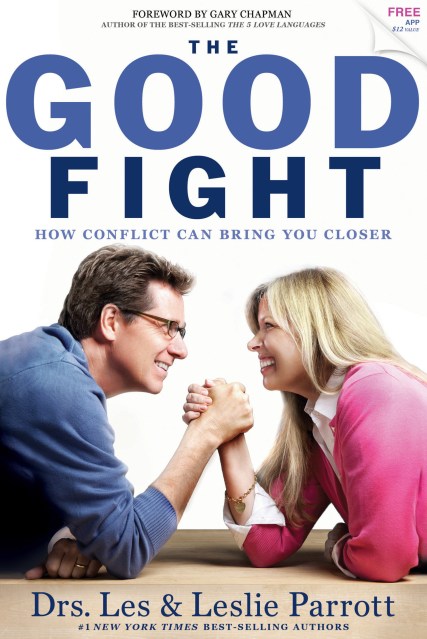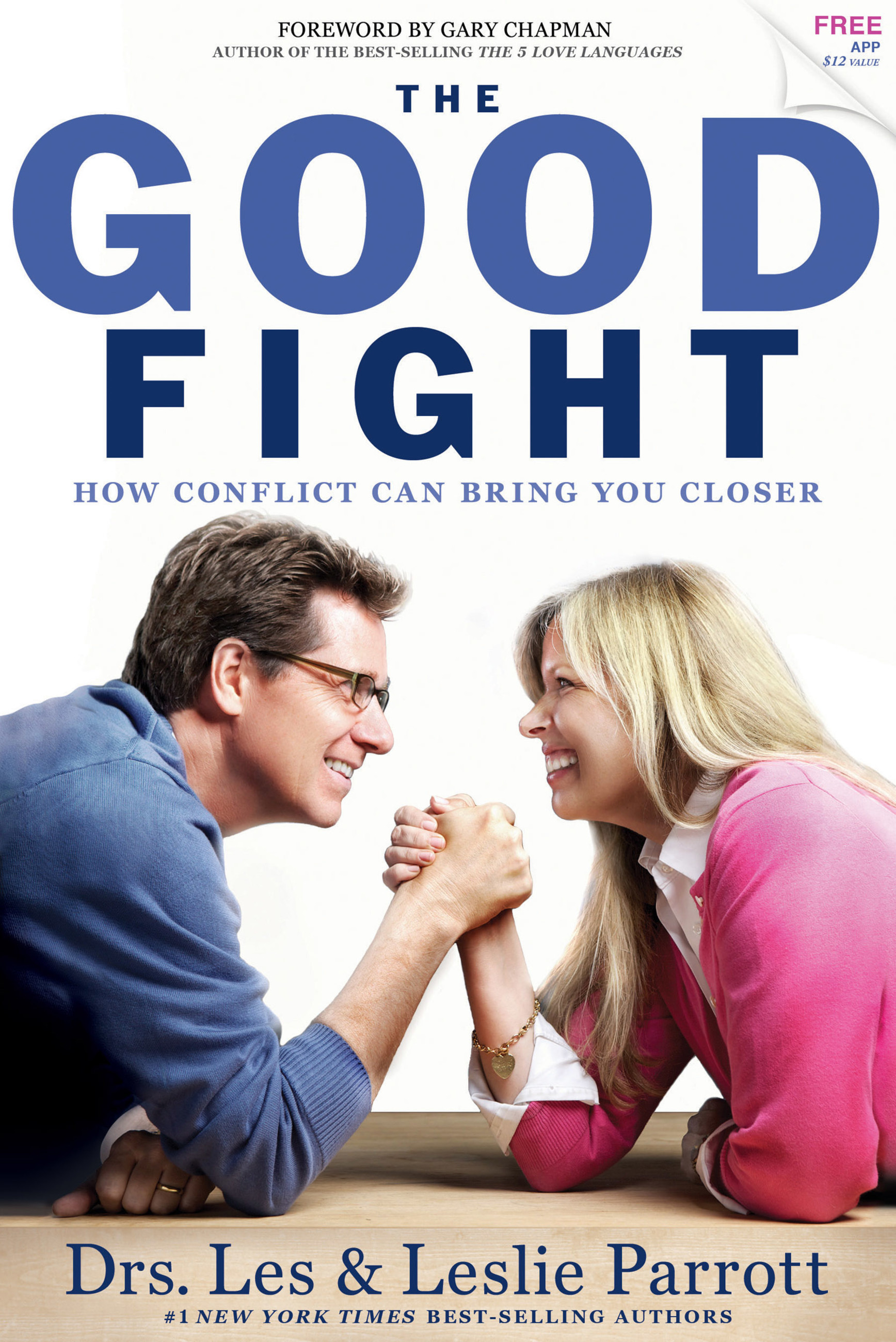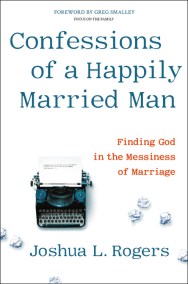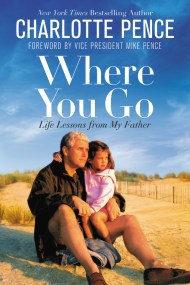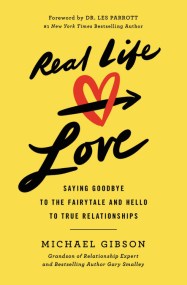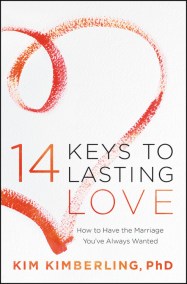Promotion
Use code MOM24 for 20% off site wide + free shipping over $45
The Good Fight
How Conflict Can Bring You Closer
Contributors
By Dr. Les Parrott
Formats and Prices
Price
$12.99Price
$16.99 CADFormat
Format:
- ebook $12.99 $16.99 CAD
- Trade Paperback $16.99 $22.99 CAD
This item is a preorder. Your payment method will be charged immediately, and the product is expected to ship on or around April 1, 2013. This date is subject to change due to shipping delays beyond our control.
Also available from:
NYT best-selling authors Drs. Les & Leslie Parrott reveal new techniques based on extensive research that help couples manage conflict constructively – that’s the “good fight.”
Genre:
- On Sale
- Apr 1, 2013
- Page Count
- 288 pages
- Publisher
- Worthy Books
- ISBN-13
- 9781617951787
Newsletter Signup
By clicking ‘Sign Up,’ I acknowledge that I have read and agree to Hachette Book Group’s Privacy Policy and Terms of Use
